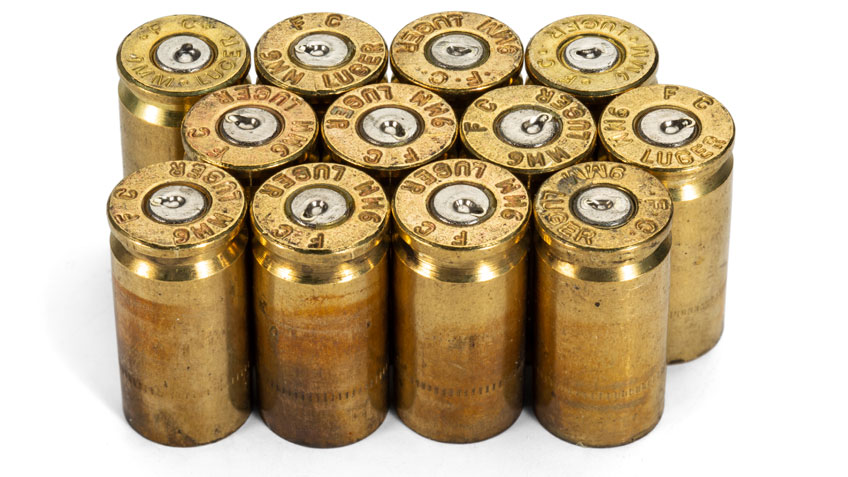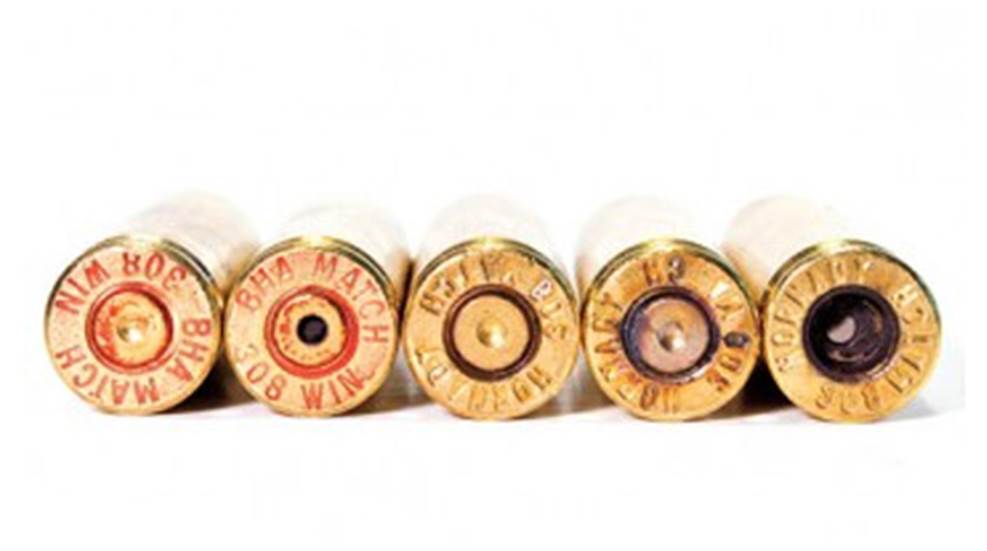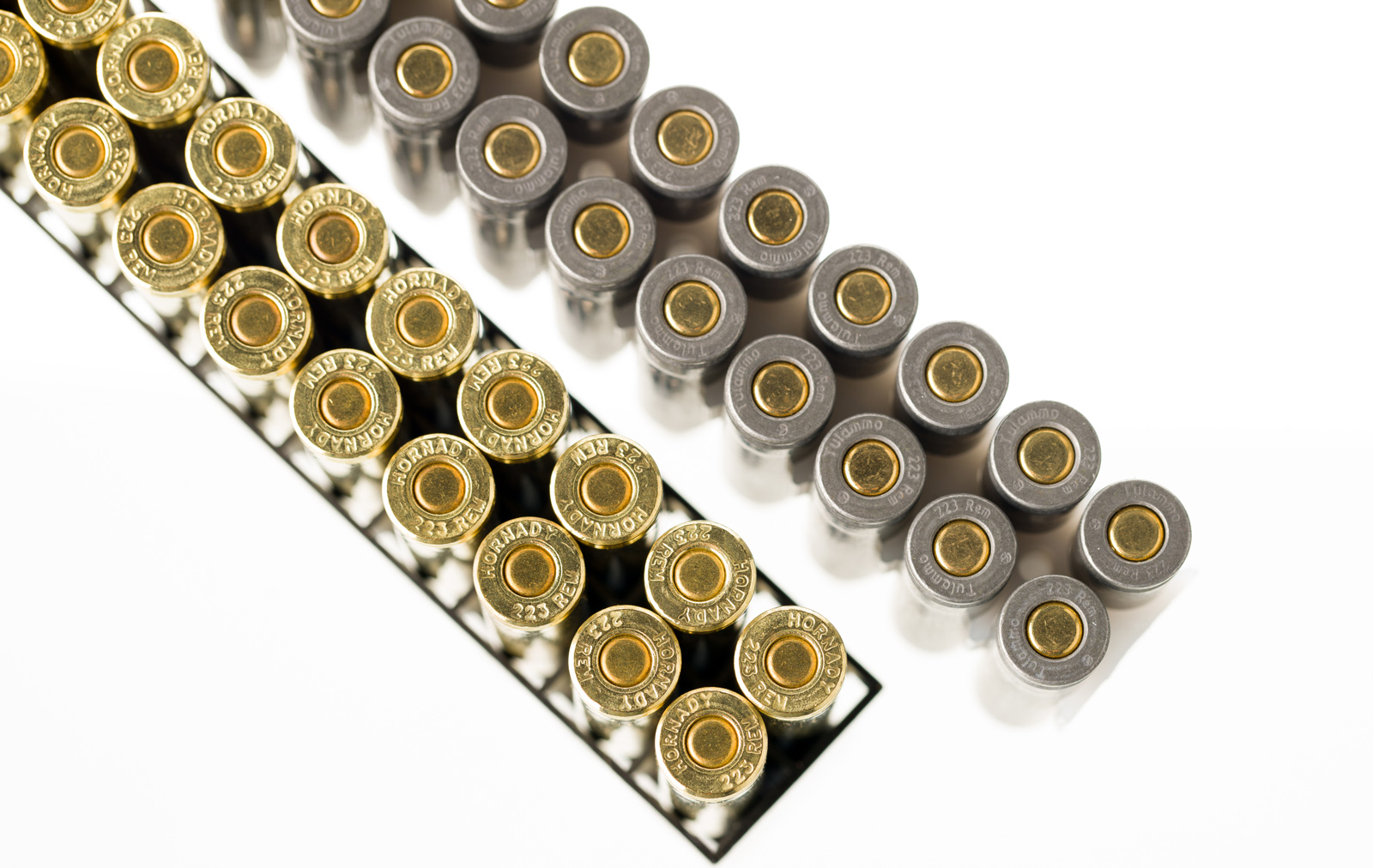Pistol Primers Things To Know Before You Get This
Table of ContentsWhat Does Primers For Sale Mean?What Does Small Pistol Primers Do?The Pistol Primers DiariesGetting My Rifle Primers To WorkThe 8-Minute Rule for Federal Primers
Element of the gun cartridge for initiating propellant combustion In guns and artillery, the guide () is the chemical and/or device in charge of launching the propellant combustion that will certainly push the projectiles out of the gun barrel. In early black powder guns such as muzzleloaders, the primer was basically the very same chemical as the main propellant (albeit typically in a finer-powdered form), yet put right into an external flash frying pan, where maybe sparked by an ignition resource such as a sluggish suit or a flintlock Some muzzleloaders have guides like cap weapon caps.
In weapons the primers are often a different element, positioned inside the barrel to the back of the major propellant chargebut there are other instances of guns, including for example some automated weapons, designed to shoot cartridges with integral electric primers.
Not known Incorrect Statements About Small Pistol Primers

With the advent of hand-held weapons, this became an unfavorable way of shooting a gun. Holding a burning stick while trying to pour a cost of black powder meticulously down a barrel is dangerous, as well as attempting to hold the weapon with one hand while concurrently intending at the target and looking for the touchhole makes it very tough to fire precisely. The initial effort to make the procedure of firing a small arm much easier was the "matchlock".
, and also dried out. After the weapon was packed and also the touchhole keyed with powder, the burning pointer of the match was positioned so that the lock would certainly bring it right into call with the touchhole.
The 4-Minute Rule for Rifle Primers
This brought the suit down to the touchhole, igniting the powder - https://www.directorytogoto.com/articles/fascination-about-small-pistol-primers. With careful focus, the slow-burning match could be maintained melting for long durations of time, as well as the use of the lock device made fairly accurate fire possible. The following change in ignition modern technology was the "wheel-lock".

The protected flashpan additionally provided some capability to endure bad climate. rifle primers. Wind, rain, and also damp weather condition would make a matchlock useless, but a wheel-lock that was loaded and waterproofed with a bit of grease around the flashpan can be fired under many conditions. The wheel-lock enjoyed just a quick period of popularity prior to being superseded by an easier, extra robust layout.
6 Easy Facts About Reloading Primers Described
The flint was held in a spring-loaded arm, called the "penis" from the resemblance of its motion to a pecking chicken. The dick rotated via around a 90-degree arc and also was held in the tensioned, or "cocked" position by a trigger.
The "half-cock" placement held the penis halfway back, as well as utilized a deep notch to make sure that shooting would certainly not release the penis. Half-cock was a security setting, utilized when filling, keeping or lugging a crammed flintlock. The "full-cock" setting held the cock all the means back as well as was the setting from which the weapon was discharged.
It worked as both a flashpan cover and a steel striking surface for the flint. The frizzen was hinged and spring-loaded to make sure that it would lock in the open or shut placement. When shut, the striking surface area was placed to make sure that the flint would certainly strike at the correct angle to produce a spark.
Not known Details About Primers In Stock
The flintlock mechanism was less complex and more powerful than the wheel-lock, and also the flint as well as steel offered a good, dependable resource of ignition. The flintlock remained in army service for over 200 years, and also flintlocks are still made today for historical re-enactments as well as muzzle-loading target competition, and also for seekers that appreciate the added challenge that the flintlock gives.
Percussion ignition was invented by Scottish clergyman Rev. this article Alexander John Forsyth in 1807 yet required even more improvements prior to it was progressively accepted in the 1820s to 1830s. By the middle of the 19th century, the percussion or caplock system was well established. It was embraced by both sides in the American Civil Battle, as it was less complex and a lot more trustworthy than the flintlock.
The flashpan and frizzen were removed and also replaced by a tiny, hollow horizontal cyndrical tube (drum) screwed into the bored-out and also tapped flash hole and also lugging a "nipple area" over which the cap can be fitted. A "hammer" which also had half-cock (for loading and applying the cap) as well as full-cock positions changed the penis.